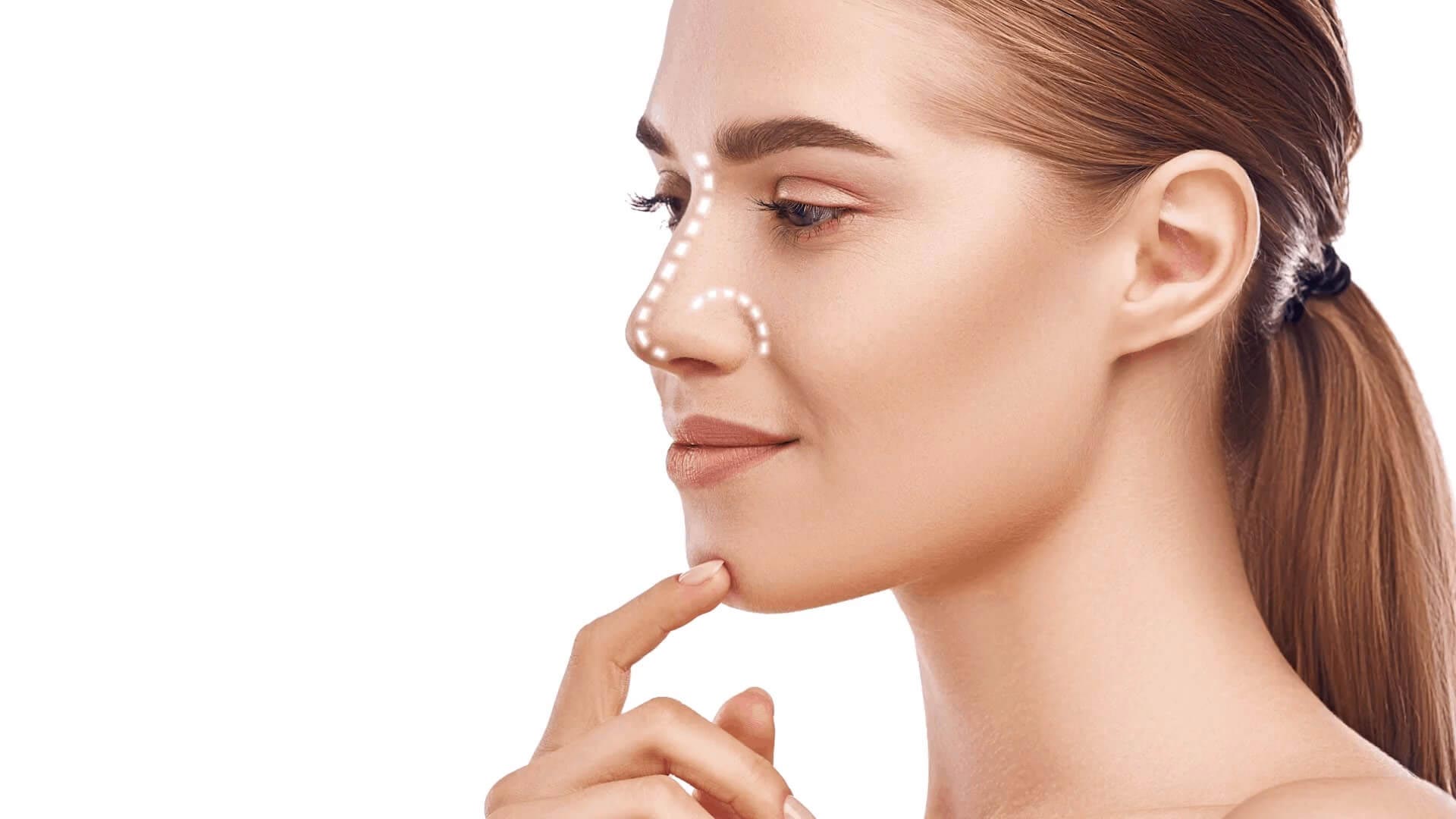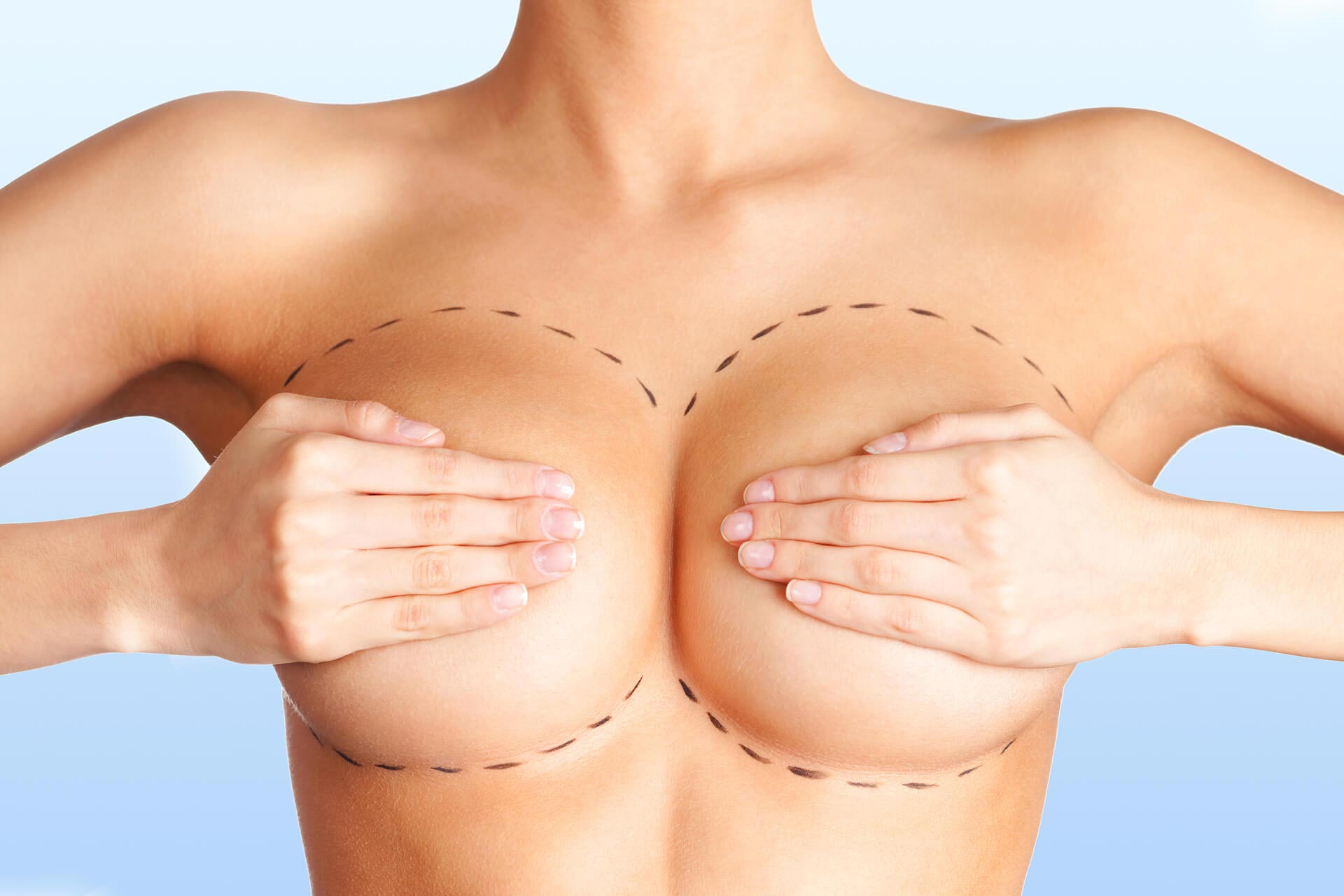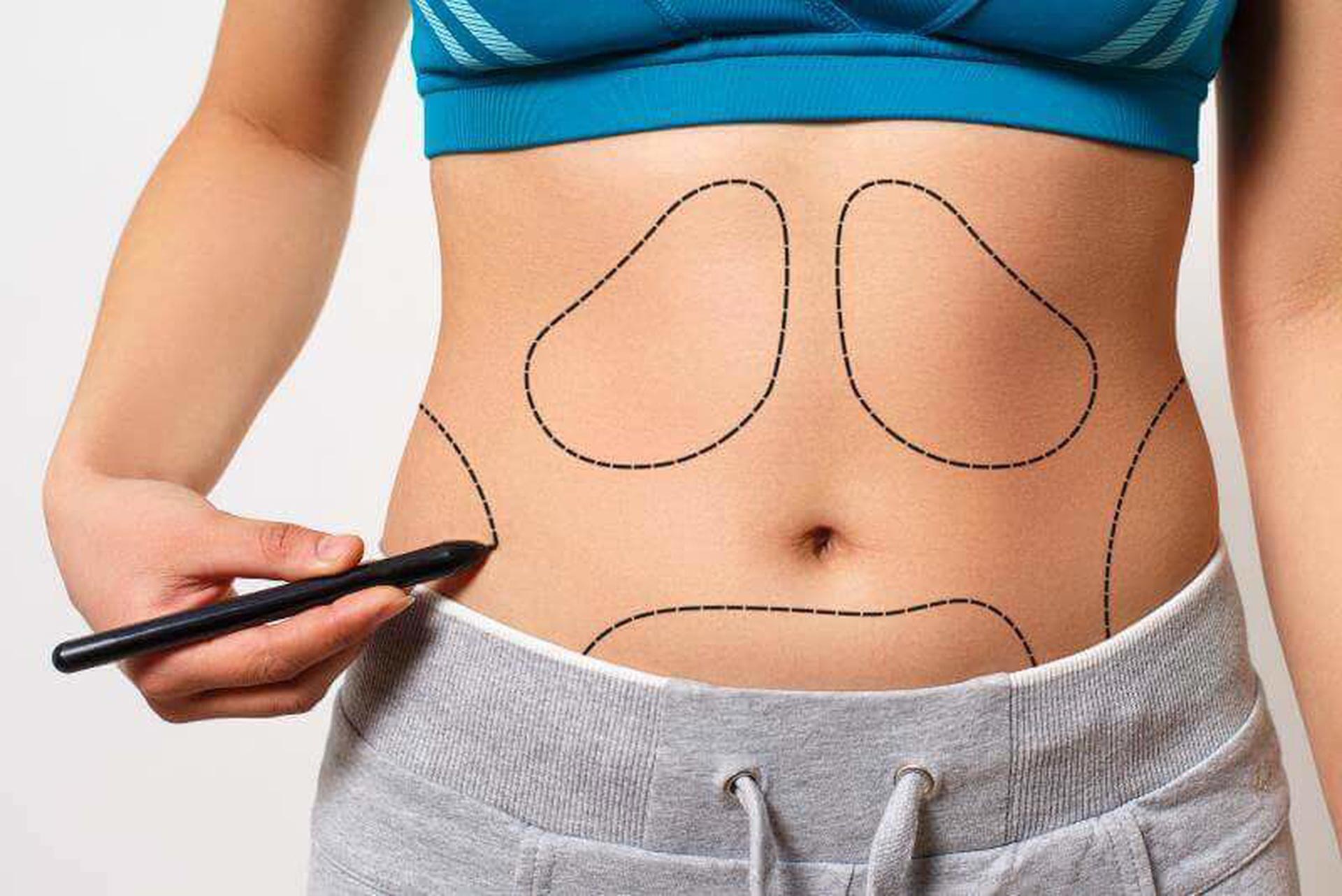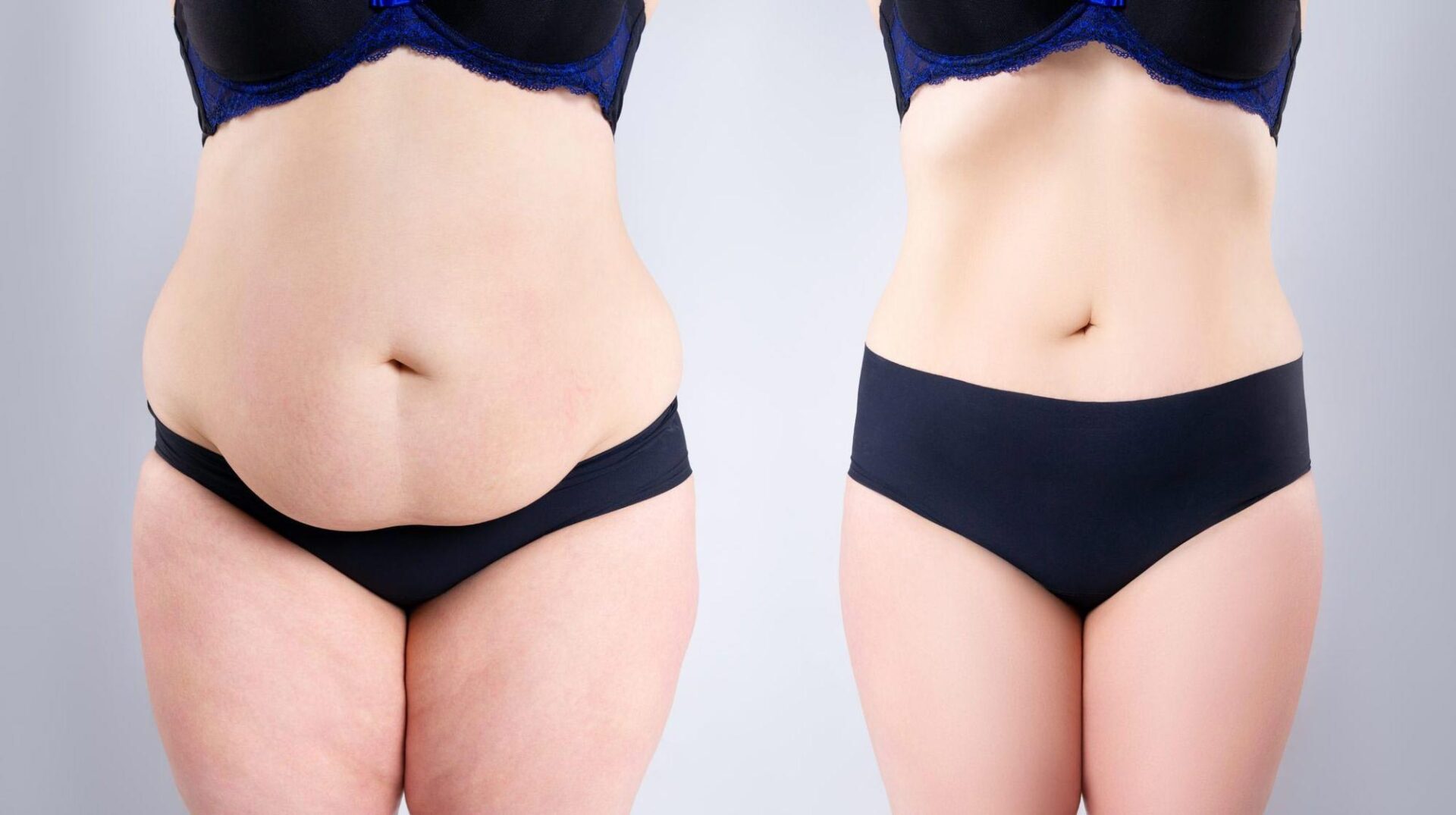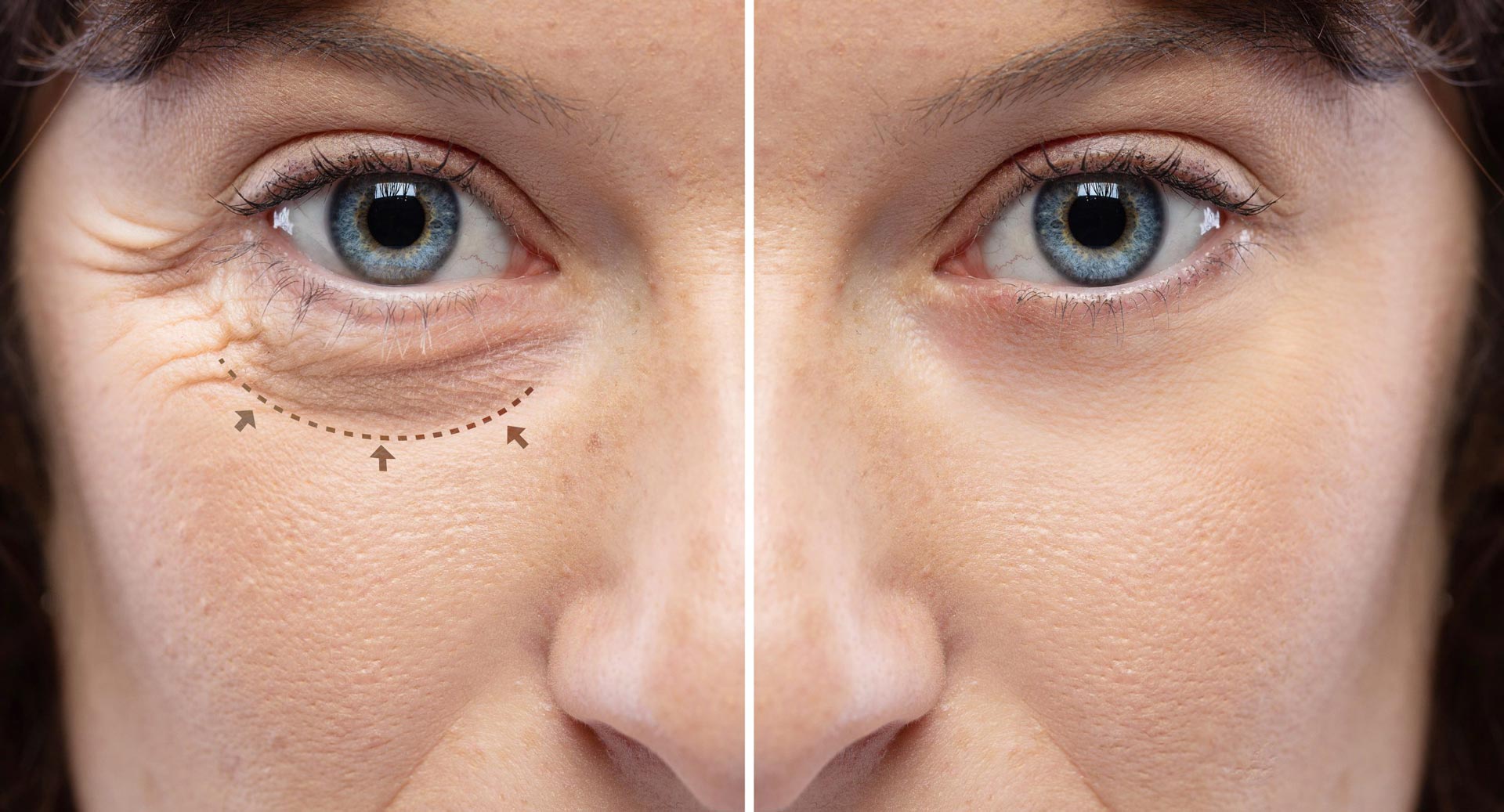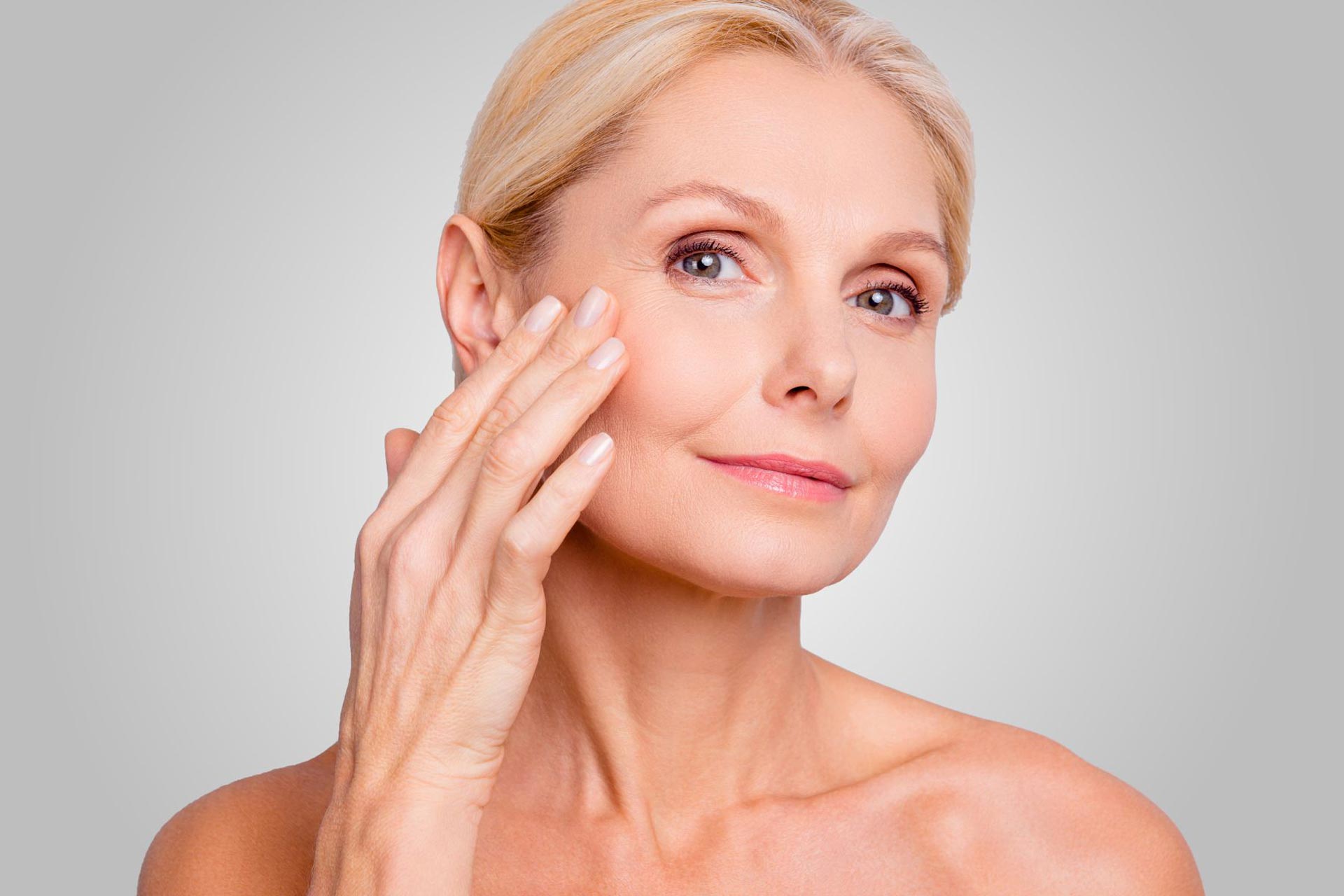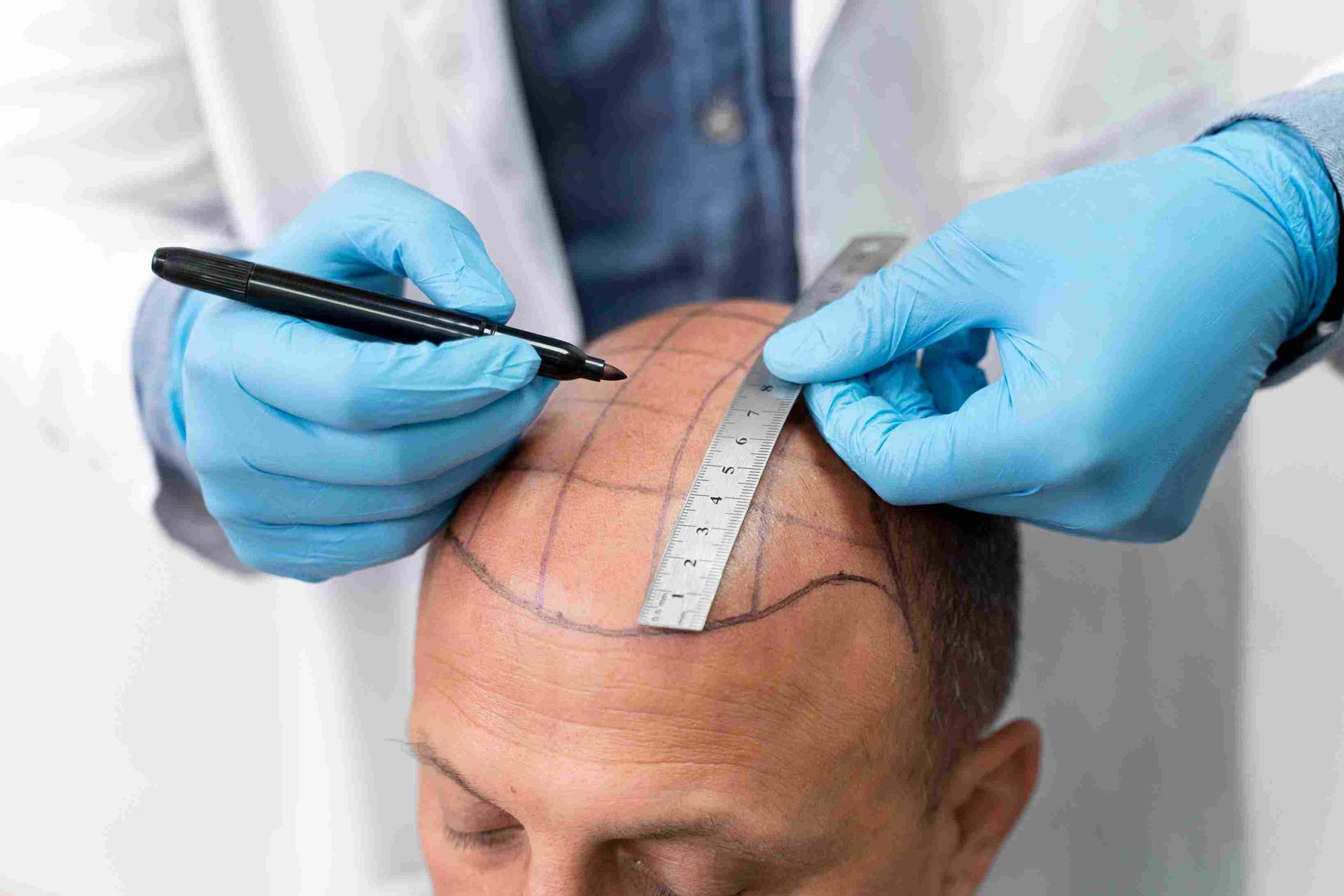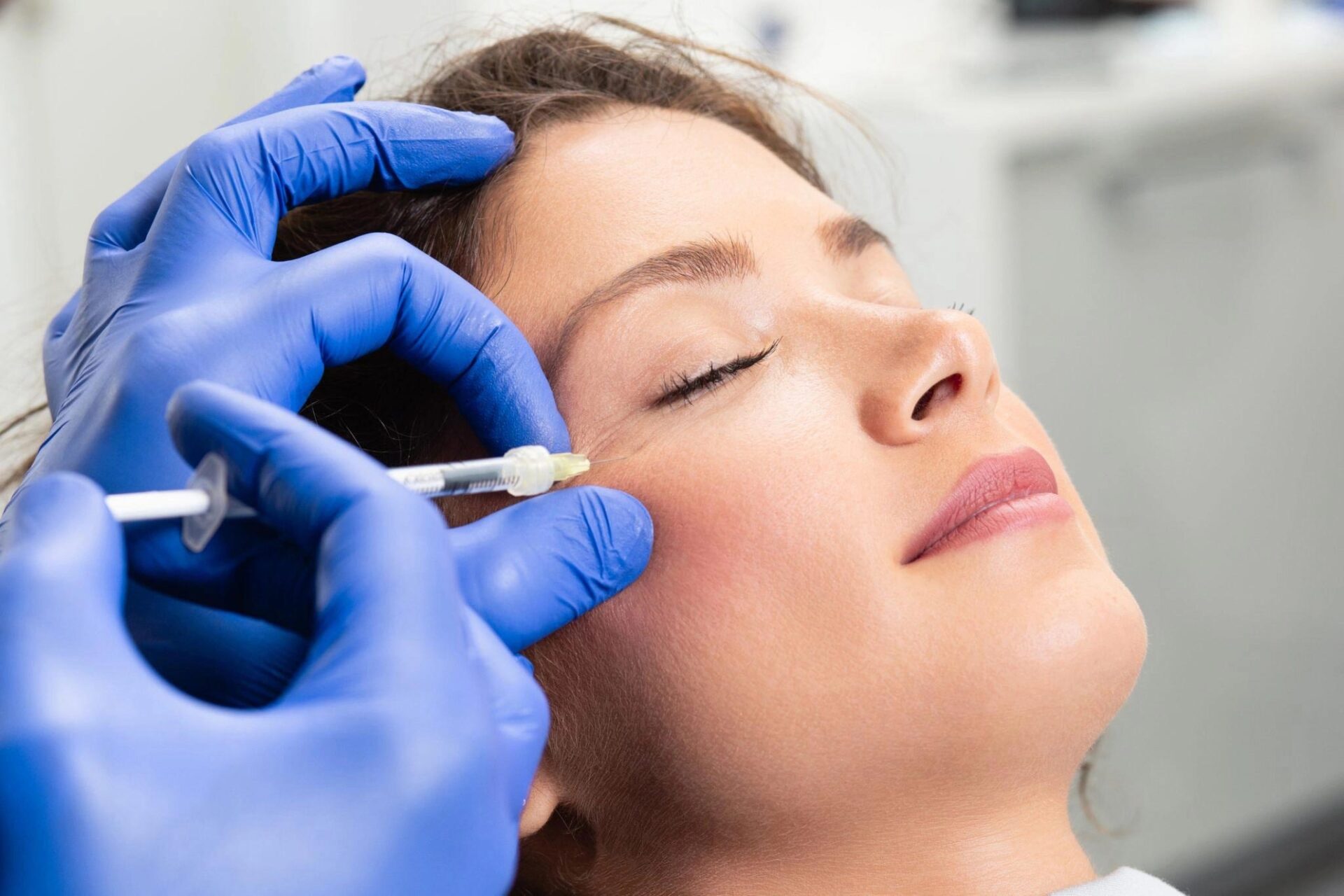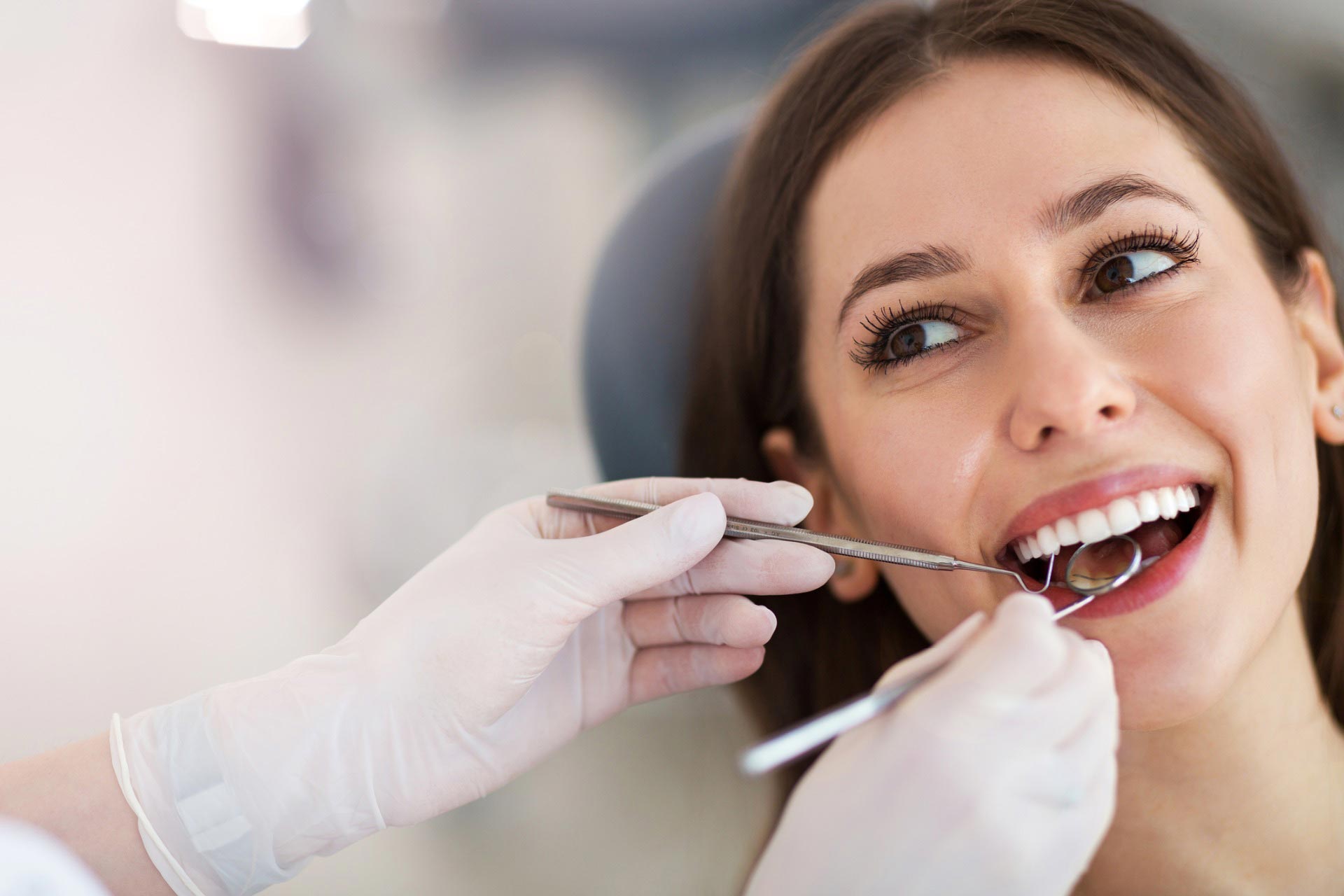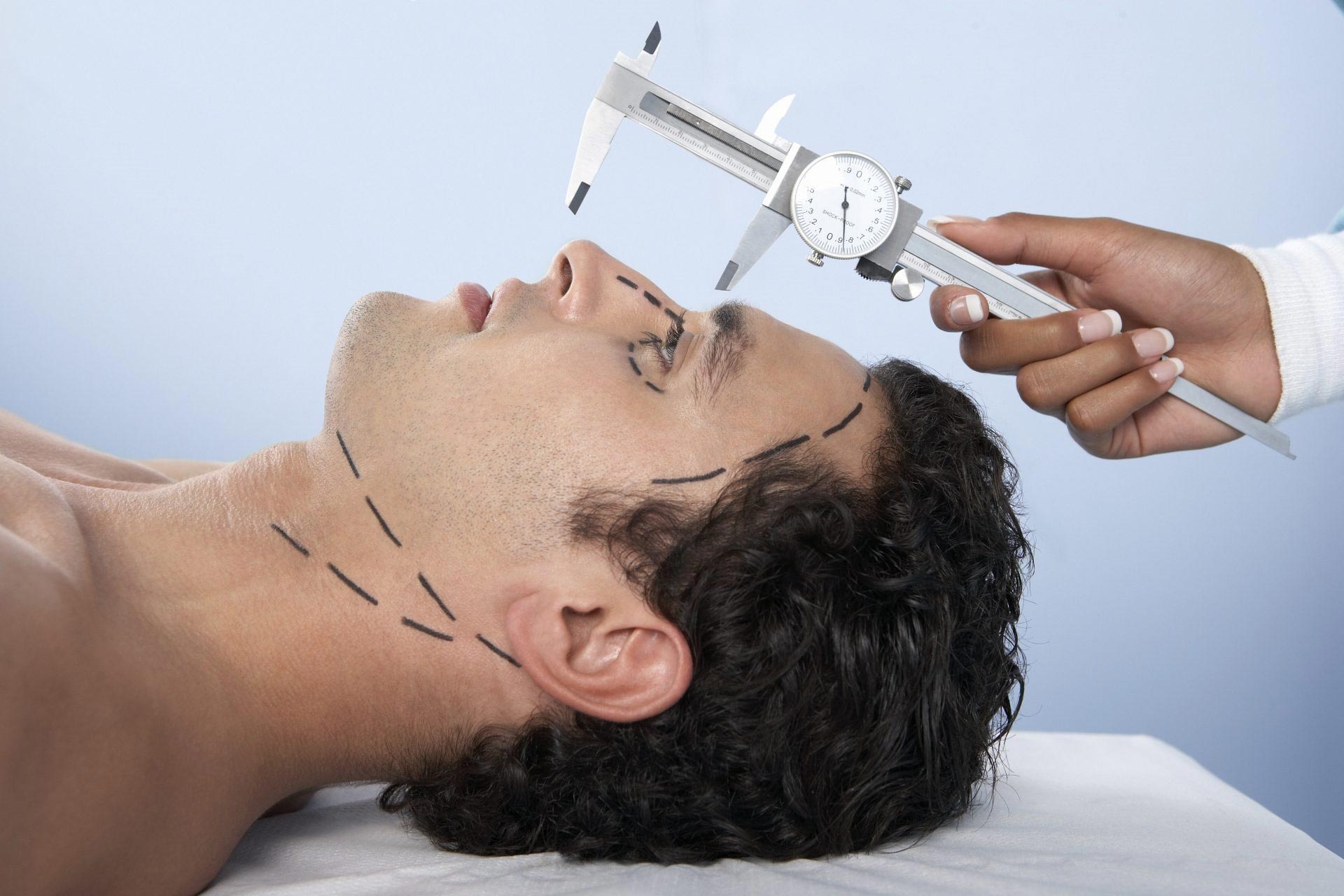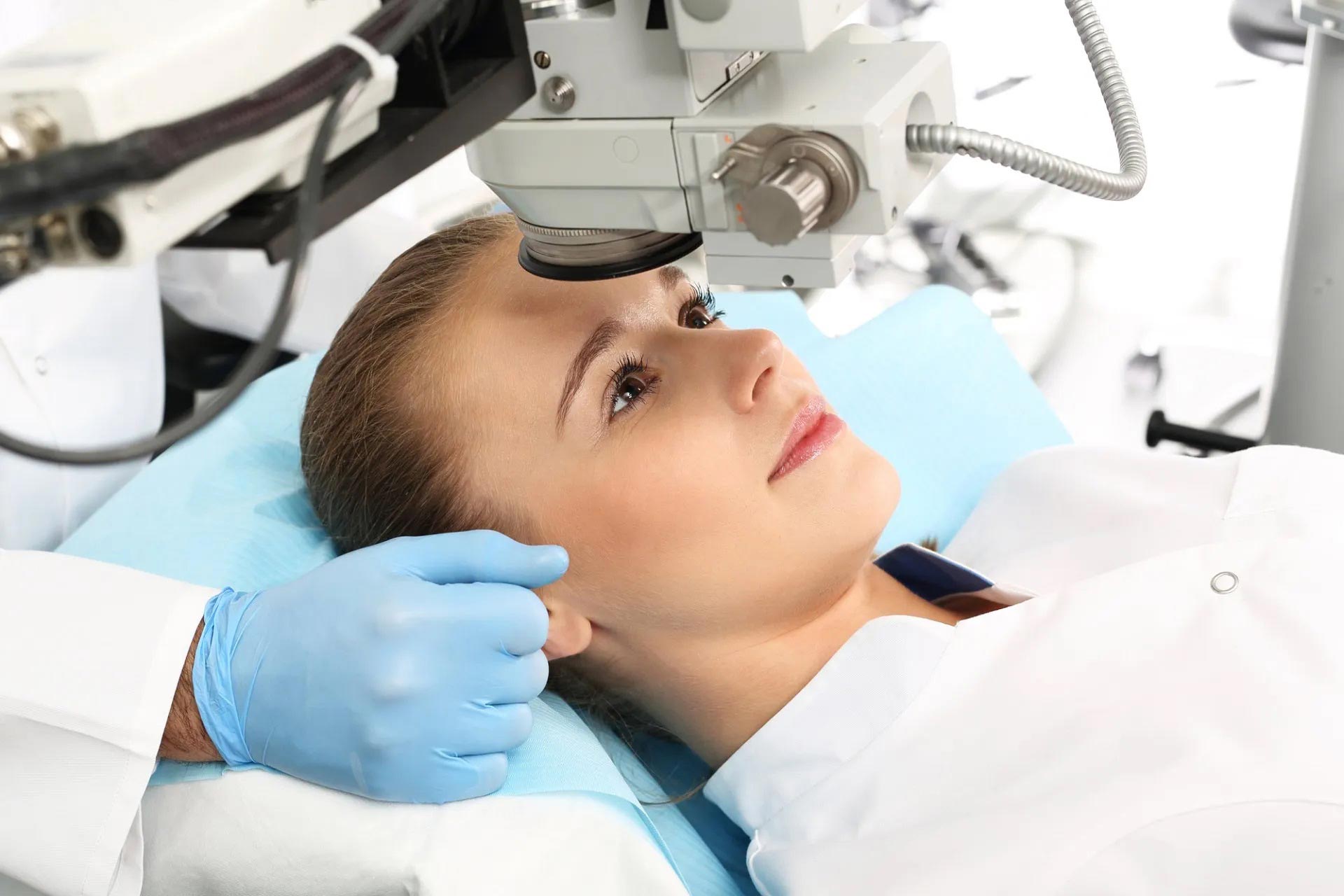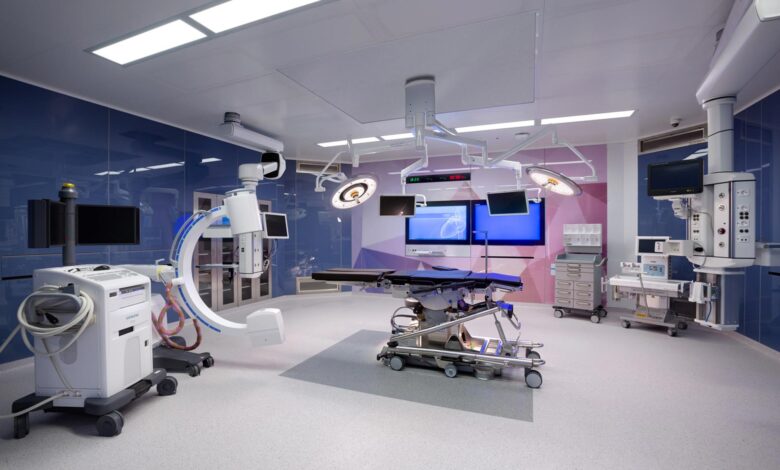
Contents
10 Most Popular Aesthetic Operations In Turkey
Are you unhappy with your appearance and want to make some changes? Do you want to improve your self-confidence and feel more attractive? If you answered yes to these questions, then you might be interested in aesthetic surgery.
Aesthetic surgery, also known as cosmetic surgery, is a branch of medicine that aims to enhance the appearance of a person’s body or face. Aesthetic surgery can correct congenital defects, repair injuries, or simply improve the aesthetic appeal of a person’s features.
Turkey is one of the most popular destinations for aesthetic surgery in the world. According to the International Society of Aesthetic Plastic Surgery (ISAPS), Turkey ranked third in the world in terms of the number of aesthetic procedures performed in 2019, with over 1 million operations. Turkey offers high-quality services, experienced surgeons, modern facilities, and affordable prices for aesthetic surgery. In addition, Turkey is a beautiful country with a rich culture, history, and natural beauty, making it an ideal place to combine aesthetic surgery with a relaxing vacation.
In this article, we will introduce you to the 10 most popular aesthetic operations in Turkey, and provide you with some useful information about each procedure, such as what it is, how it is performed, what are the benefits and risks, and how much it costs. We hope that this article will help you make an informed decision about whether aesthetic surgery in Turkey is right for you.
Rhinoplasty
Rhinoplasty, also known as nose job, is a surgical procedure that changes the shape or size of the nose. Rhinoplasty can improve the appearance of the nose, as well as its function, such as breathing or smelling. Rhinoplasty can also correct nasal deformities caused by birth defects, injuries, or diseases.
Rhinoplasty is performed under general anesthesia, and usually takes between one and three hours. The surgeon makes incisions inside or outside the nose, and reshapes the bone, cartilage, and soft tissues of the nose. The incisions are then closed with stitches, and a splint is applied to support the nose during healing.
The benefits of rhinoplasty include:
- Improving the harmony and balance of the facial features
- Enhancing the self-esteem and confidence of the patient
- Correcting breathing problems or snoring caused by nasal obstruction
- Repairing nasal damage caused by trauma or infection
The risks of rhinoplasty include:
- Bleeding, infection, or scarring
- Anesthesia complications or allergic reactions
- Unsatisfactory results or asymmetry of the nose
- Difficulty breathing or smelling
- Need for revision surgery
The cost of rhinoplasty in Turkey varies depending on the type and complexity of the procedure, the surgeon’s experience and reputation, and the clinic’s location and facilities. The average cost of rhinoplasty in Turkey is around $3,000, which is much lower than the average cost of rhinoplasty in the United States, which is around $5,500.
Breast Surgery
Breast surgery is a general term that covers several types of surgical procedures that modify the shape, size, or position of the breasts. Breast surgery can be performed for cosmetic or reconstructive purposes, depending on the patient’s goals and needs. Some of the most common types of breast surgery are:
- Breast augmentation: This procedure increases the size of the breasts by inserting implants filled with saline or silicone under the breast tissue or chest muscle. Breast augmentation can enhance the appearance and proportion of the breasts, as well as improve the self-image and confidence of the patient.
- Breast reduction: This procedure reduces the size of the breasts by removing excess fat, glandular tissue, and skin from the breasts. Breast reduction can relieve the physical and emotional discomfort caused by overly large breasts, such as back pain, neck pain, shoulder pain, skin irritation, bra strap indentations, difficulty in exercising, and low self-esteem.
- Breast lift: This procedure lifts and reshapes the breasts by removing excess skin and tightening the surrounding tissue. Breast lift can restore the youthful and firm appearance of the breasts, as well as correct sagging, drooping, or asymmetrical breasts.
- Breast reconstruction: This procedure rebuilds the shape and appearance of the breast after a mastectomy (surgical removal of the breast) due to breast cancer or other conditions. Breast reconstruction can be done using implants or the patient’s own tissue from another part of the body. Breast reconstruction can help the patient cope with the emotional and psychological effects of losing a breast, as well as restore the sense of femininity and wholeness.
Breast surgery is performed under general anesthesia, and usually takes between one and four hours, depending on the type and extent of the procedure. The surgeon makes incisions on the breasts, and modifies the breast tissue, skin, and nipples according to the desired outcome. The incisions are then closed with stitches, and a bandage or bra is applied to support the breasts during healing.
The benefits of breast surgery include:
- Improving the shape, size, or position of the breasts
- Enhancing the symmetry and balance of the breasts
- Increasing the self-confidence and satisfaction of the patient
- Restoring the natural appearance of the breast after a mastectomy
The risks of breast surgery include:
- Bleeding, infection, or scarring
- Anesthesia complications or allergic reactions
- Unsatisfactory results or asymmetry of the breasts
- Loss of sensation or function in the breasts or nipples
- Implant complications, such as rupture, leakage, displacement, or capsular contracture (hardening of the scar tissue around the implant)
- Need for revision surgery
The cost of breast surgery in Turkey varies depending on the type and complexity of the procedure, the type and size of the implants, the surgeon’s experience and reputation, and the clinic’s location and facilities. The average cost of breast surgery in Turkey is around $4,000, which is much lower than the average cost of breast surgery in the United States, which is around $10,000.
Liposuction
Liposuction, also known as lipoplasty or lipo, is a surgical procedure that removes excess fat from specific areas of the body, such as the abdomen, hips, thighs, buttocks, arms, neck, or chin. Liposuction can improve the contour and proportion of the body, as well as reduce the appearance of cellulite.
Liposuction is performed under local or general anesthesia, and usually takes between one and three hours, depending on the amount and location of the fat to be removed. The surgeon makes small incisions on the skin, and inserts a thin tube called a cannula, which is attached to a vacuum device. The surgeon moves the cannula back and forth to loosen and suction out the fat from the body. The incisions are then closed with stitches, and a compression garment or bandage is applied to reduce swelling and bleeding.
The benefits of liposuction include:
- Reducing the amount of fat in the body
- Improving the shape and definition of the body
- Enhancing the self-confidence and comfort of the patient
Tummy Tuck
Tummy tuck, also known as abdominoplasty, is a surgical procedure that removes excess skin and fat from the abdomen, and tightens the underlying muscles. Tummy tuck can improve the appearance and tone of the abdomen, as well as correct the separation of the abdominal muscles, also known as diastasis recti.
Tummy tuck is performed under general anesthesia, and usually takes between two and five hours, depending on the extent of the procedure. The surgeon makes a horizontal incision between the pubic hairline and the navel, and lifts the skin and fat from the abdominal wall. The surgeon then repairs the weakened or separated muscles, and removes any excess skin and fat. The surgeon may also reposition the navel to match the new shape of the abdomen. The incision is then closed with stitches, and a bandage or binder is applied to support the abdomen during healing.
The benefits of tummy tuck include:
- Flattening and firming the abdomen
- Removing the excess skin and fat that may cause skin irritation, infection, or hernia
- Restoring the integrity and function of the abdominal muscles
- Enhancing the self-confidence and comfort of the patient
The risks of tummy tuck include:
- Bleeding, infection, or scarring
- Anesthesia complications or allergic reactions
- Unsatisfactory results or asymmetry of the abdomen
- Numbness or pain in the abdomen or navel
- Damage to the nerves, blood vessels, or organs
- Need for revision surgery
The cost of tummy tuck in Turkey varies depending on the type and complexity of the procedure, the surgeon’s experience and reputation, and the clinic’s location and facilities. The average cost of tummy tuck in Turkey is around $3,500, which is much lower than the average cost of tummy tuck in the United States, which is around $8,000.
Eyelid Surgery
Eyelid surgery, also known as blepharoplasty, is a surgical procedure that removes excess skin, fat, or muscle from the upper or lower eyelids. Eyelid surgery can improve the appearance and function of the eyelids, as well as reduce the signs of aging, such as wrinkles, sagging, or puffiness.
Eyelid surgery is performed under local or general anesthesia, and usually takes between one and two hours, depending on the number and location of the eyelids to be treated. The surgeon makes incisions along the natural creases or inside the eyelids, and removes or repositions the excess skin, fat, or muscle. The incisions are then closed with stitches, and a lubricant or bandage is applied to protect the eyes during healing.
The benefits of eyelid surgery include:
- Improving the shape and position of the eyelids
- Removing the excess skin and fat that may impair the vision or cause eye irritation
- Reducing the appearance of dark circles, bags, or drooping under the eyes
- Enhancing the self-confidence and attractiveness of the patient
The risks of eyelid surgery include:
- Bleeding, infection, or scarring
- Anesthesia complications or allergic reactions
- Unsatisfactory results or asymmetry of the eyelids
- Dryness, itching, or sensitivity of the eyes
- Difficulty closing or opening the eyes
- Damage to the nerves, muscles, or vision
- Need for revision surgery
The cost of eyelid surgery in Turkey varies depending on the type and complexity of the procedure, the surgeon’s experience and reputation, and the clinic’s location and facilities. The average cost of eyelid surgery in Turkey is around $2,000, which is much lower than the average cost of eyelid surgery in the United States, which is around $4,500.
Facelift
Facelift, also known as rhytidectomy, is a surgical procedure that lifts and tightens the skin and underlying tissues of the face and neck. Facelift can improve the appearance and contour of the face and neck, as well as reduce the signs of aging, such as wrinkles, sagging, or jowls.
Facelift is performed under general anesthesia, and usually takes between two and four hours, depending on the extent of the procedure. The surgeon makes incisions in front of or behind the ears, and along the hairline or scalp. The surgeon then separates the skin from the underlying tissues, and repositions or removes the excess skin, fat, or muscle. The surgeon may also use sutures or implants to lift and support the facial structures. The incisions are then closed with stitches, and a bandage or wrap is applied to reduce swelling and bruising.
The benefits of facelift include:
- Smoothing and firming the skin of the face and neck
- Removing the excess skin and fat that may cause a tired or aged appearance
- Restoring the youthful and natural shape of the face and neck
- Enhancing the self-confidence and beauty of the patient
The risks of facelift include:
- Bleeding, infection, or scarring
- Anesthesia complications or allergic reactions
- Unsatisfactory results or asymmetry of the face and neck
- Numbness or pain in the face and neck
- Damage to the nerves, blood vessels, or facial expressions
- Need for revision surgery
The cost of facelift in Turkey varies depending on the type and complexity of the procedure, the surgeon’s experience and reputation, and the clinic’s location and facilities. The average cost of facelift in Turkey is around $4,500, which is much lower than the average cost of facelift in the United States, which is around $12,000.
Hair Transplant
Hair transplant, also known as hair restoration or hair grafting, is a surgical procedure that transfers hair follicles from one part of the body, usually the back or sides of the scalp, to another part of the body, usually the top or front of the scalp. Hair transplant can improve the appearance and density of the hair, as well as treat hair loss or baldness caused by genetics, hormones, aging, or diseases.
Hair transplant is performed under local anesthesia, and usually takes between four and eight hours, depending on the number and location of the hair follicles to be transplanted. The surgeon uses one of the two main techniques to harvest the hair follicles: follicular unit extraction (FUE) or follicular unit transplantation (FUT).
In FUE, the surgeon uses a small punch device to remove individual hair follicles from the donor area. In FUT, the surgeon cuts a strip of skin with hair follicles from the donor area, and then divides it into smaller grafts. The surgeon then makes tiny incisions on the recipient area, and inserts the hair follicles into them. The incisions are then closed with stitches or glue, and a bandage or cap is applied to protect the scalp during healing.
The benefits of hair transplant include:
- Increasing the amount and coverage of the hair
- Restoring the natural and youthful appearance of the hairline
- Enhancing the self-confidence and attractiveness of the patient
- Providing a permanent and natural solution for hair loss or baldness
The risks of hair transplant include:
- Bleeding, infection, or scarring
- Anesthesia complications or allergic reactions
- Unsatisfactory results or unnatural-looking hair
- Pain, swelling, or itching of the scalp
- Damage to the nerves, blood vessels, or existing hair
- Need for revision surgery
The cost of hair transplant in Turkey varies depending on the type and complexity of the procedure, the number and quality of the hair follicles, the surgeon’s experience and reputation, and the clinic’s location and facilities. The average cost of hair transplant in Turkey is around $2,500, which is much lower than the average cost of hair transplant in the United States, which is around $15,000.
Botox and Filler Injections
Botox and filler injections are non-surgical procedures that inject substances into the skin to smooth out wrinkles, plump up lips, or contour the face. Botox and filler injections can improve the appearance and texture of the skin, as well as reduce the signs of aging, such as lines, folds, or sagging.
Botox and filler injections are performed under local anesthesia, and usually take between 15 and 30 minutes, depending on the number and location of the injections. The surgeon uses a fine needle to inject the substance into the targeted area of the skin. The substance can be either:
- Botox: This is a purified form of botulinum toxin, a protein that blocks the nerve signals that cause muscle contractions. Botox relaxes the muscles that cause dynamic wrinkles, such as frown lines, forehead lines, or crow’s feet.
- Filler: This is a gel-like material that fills in the spaces under the skin that cause static wrinkles, such as nasolabial folds, marionette lines, or smile lines. Filler can also add volume and shape to the lips, cheeks, chin, or nose. Filler can be made of different substances, such as hyaluronic acid, calcium hydroxylapatite, poly-L-lactic acid, or polymethylmethacrylate.
The benefits of botox and filler injections include:
- Smoothing and softening the skin of the face
- Removing the excess skin and fat that may cause a tired or aged appearance
- Restoring the youthful and natural shape of the face and neck
- Enhancing the self-confidence and beauty of the patient
The risks of botox and filler injections include:
- Bleeding, infection, or bruising
- Anesthesia complications or allergic reactions
- Unsatisfactory results or asymmetry of the face
- Numbness or pain in the face
- Damage to the nerves, blood vessels, or facial expressions
- Migration, leakage, or granuloma formation of the filler
- Need for repeat injections
The cost of botox and filler injections in Turkey varies depending on the type and amount of the substance, the surgeon’s experience and reputation, and the clinic’s location and facilities. The average cost of botox and filler injections in Turkey is around $500, which is much lower than the average cost of botox and filler injections in the United States, which is around $1,500.
Dental Aesthetics
Dental aesthetics, also known as cosmetic dentistry, is a branch of dentistry that focuses on improving the appearance and function of the teeth, gums, or bite. Dental aesthetics can enhance the smile and oral health of the patient, as well as correct dental problems, such as decay, damage, or misalignment.
Dental aesthetics can involve various types of procedures, such as:
- Teeth whitening: This procedure bleaches the teeth to remove stains and discoloration caused by food, drinks, smoking, or aging. Teeth whitening can be done at home using whitening kits, or at the dentist’s office using professional products and equipment.
- Veneers: These are thin shells of porcelain or composite resin that are bonded to the front surface of the teeth to improve their shape, size, color, or alignment. Veneers can cover gaps, chips, cracks, or stains on the teeth, as well as create a uniform and natural-looking smile.
- Crowns: These are caps of porcelain, metal, or ceramic that are placed over the entire tooth to restore its strength, shape, or appearance. Crowns can protect damaged, decayed, or broken teeth, as well as support bridges or implants.
- Bridges: These are false teeth that are attached to the adjacent natural teeth or implants to replace one or more missing teeth. Bridges can fill in the gaps in the smile, as well as prevent the shifting of the remaining teeth or the deterioration of the jawbone.
- Implants: These are artificial roots made of titanium that are surgically inserted into the jawbone to support false teeth, such as crowns, bridges, or dentures. Implants can replace one or more missing teeth, as well as provide a stable and permanent solution for tooth loss.
- Orthodontics: This is a specialty of dentistry that deals with the diagnosis, prevention, and correction of the malposition of the teeth, jaws, or bite. Orthodontics can use various types of devices, such as braces, aligners, retainers, or palatal expanders, to move the teeth or jaws into the desired position and alignment. Orthodontics can improve the appearance and function of the teeth, as well as prevent or treat dental problems, such as overcrowding, spacing, overbite, underbite, crossbite, or open bite.
The benefits of dental aesthetics include:
- Improving the shape, size, color, or alignment of the teeth
- Enhancing the smile and oral health of the patient
- Increasing the self-confidence and comfort of the patient
- Preventing or treating dental problems that may affect the chewing, speaking, or breathing of the patient
The risks of dental aesthetics include:
- Bleeding, infection, or inflammation
- Anesthesia complications or allergic reactions
- Unsatisfactory results or sensitivity of the teeth
- Damage to the nerves, blood vessels, or teeth
- Failure or rejection of the veneers, crowns, bridges, or implants
- Need for revision or maintenance procedures
The cost of dental aesthetics in Turkey varies depending on the type and complexity of the procedure, the type and quality of the materials, the surgeon’s experience and reputation, and the clinic’s location and facilities. The average cost of dental aesthetics in Turkey is around $1,000, which is much lower than the average cost of dental aesthetics in the United States, which is around $5,000.
Conclusion
Aesthetic surgery is a popular and effective way to improve your appearance and self-confidence. Turkey is one of the best destinations for aesthetic surgery in the world, offering high-quality services, experienced surgeons, modern facilities, and affordable prices. In this article, we have introduced you to the 10 most popular aesthetic operations in Turkey, and provided you with some useful information about each procedure, such as what it is, how it is performed, what are the benefits and risks, and how much it costs.
However, before you decide to undergo any aesthetic surgery, you should do your research and consult with a qualified and reputable surgeon. You should also be aware of the possible complications and side effects of aesthetic surgery, and follow the post-operative instructions and care. Aesthetic surgery is not a magic solution for all your problems, but it can help you achieve your desired goals and enhance your quality of life.
If you are interested in aesthetic surgery in Turkey, you can contact us for more information and assistance. We can help you find the best aesthetic clinic and surgeon in Turkey, and arrange your travel and accommodation. We can also provide you with a personalized treatment plan and a free consultation. We are here to make your aesthetic surgery experience in Turkey as smooth and satisfying as possible.
FAQs
Here are some of the frequently asked questions about aesthetic surgery in Turkey:
- Q: Is aesthetic surgery in Turkey safe and legal?
- A: Yes, aesthetic surgery in Turkey is safe and legal, as long as it is performed by a licensed and certified surgeon in an accredited and hygienic clinic. Turkey has strict regulations and standards for aesthetic surgery, and follows the international guidelines and protocols. Turkey also has a large and well-trained pool of aesthetic surgeons, who have extensive experience and expertise in various types of aesthetic procedures.
- Q: How can I choose the best aesthetic clinic and surgeon in Turkey?
- A: Choosing the best aesthetic clinic and surgeon in Turkey is a crucial step for your aesthetic surgery success and satisfaction. You should do your research and compare the options based on the following criteria: the reputation and reviews of the clinic and surgeon, the qualifications and certifications of the surgeon, the facilities and equipment of the clinic, the services and packages offered by the clinic, the before and after photos and testimonials of the previous patients, and the cost and quality of the procedure.
- Q: How can I prepare for aesthetic surgery in Turkey?
- A: To prepare for aesthetic surgery in Turkey, you should follow the instructions and advice given by your surgeon. You should also take care of your health and well-being before the surgery, such as quitting smoking, avoiding alcohol, drugs, or blood-thinning medications, eating a balanced diet, drinking plenty of water, and getting enough sleep. You should also arrange your travel and accommodation in Turkey, and pack the necessary items and documents for your trip.
- Q: What can I expect after aesthetic surgery in Turkey?
- A: After aesthetic surgery in Turkey, you can expect some degree of pain, swelling, bruising, or bleeding in the treated area, which will subside gradually over time. You should follow the post-operative instructions and care given by your surgeon, such as taking the prescribed medications, applying the topical creams or ointments, changing the dressings or bandages, avoiding sun exposure or strenuous activities, and attending the follow-up appointments. You should also monitor your healing process and report any signs of infection or complication to your surgeon.
- Q: How long does it take to recover from aesthetic surgery in Turkey?
- A: The recovery time from aesthetic surgery in Turkey depends on the type and extent of the procedure, as well as your individual healing ability and lifestyle. Generally, it takes between one and four weeks to recover from aesthetic surgery in Turkey, but it may take longer for the final results to be visible and stable. You should be patient and realistic about your recovery and results, and follow the recommendations and suggestions of your surgeon.
